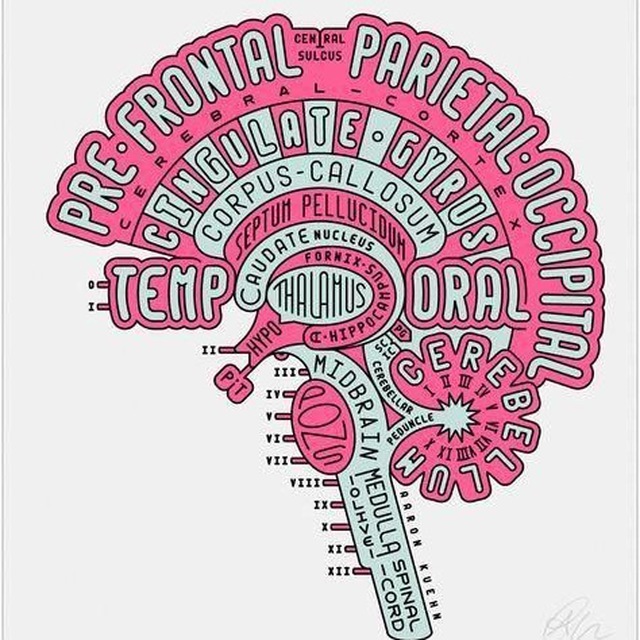2 429
subscribers

Can't Join? t.me/neuroscience_articles
2 429
subscribers
Updated: Dec 7, 2025
Solely for neuroscience and Psychology
neuroscience_articles
October 30, 2024, 15:21

ZA-II-05, a novel NMDA-receptor antagonist reverses vanadium-induced neurotoxicity in Caenorhabditis elegans (C. elegans)
https://bmcneurosci.biomedcentral.com/articles/10.1186/s12868-024-00902-y
Vanadium is a widely used transition metal in industrial applications, but it also poses significant neurotoxic and environmental risks. Previous studies have shown that exposure to vanadium may lead to neurod...
neuroscience_articles
October 26, 2024, 16:08

Structural and functional sex differences in medial temporal lobe subregions at midlife
https://bmcneurosci.biomedcentral.com/articles/10.1186/s12868-024-00905-9
Research has increasingly recognized sex differences in aging and Alzheimer’s Disease (AD) susceptibility. However, sex effects on the medial temporal lobe (MTL), a crucial region affected by aging and AD, rem...
neuroscience_articles
October 26, 2024, 16:07

Exploring sex differences in auditory saliency: the role of acoustic characteristics in bottom-up attention
https://bmcneurosci.biomedcentral.com/articles/10.1186/s12868-024-00909-5
Several cognitive functions are related to sex. However, the relationship between auditory attention and sex remains unclear. The present study aimed to explore sex differences in auditory saliency judgments, ...
neuroscience_articles
October 18, 2024, 14:01

Tinnitus is associated with increased extracellular matrix density in the auditory cortex of Mongolian gerbils
https://bmcneurosci.biomedcentral.com/articles/10.1186/s12868-024-00904-w
Most scientists agree that subjective tinnitus is the pathological result of an interaction of damage to the peripheral auditory system and central neuroplastic adaptations. Here we investigate such tinnitus r...
neuroscience_articles
October 18, 2024, 14:00

Retraction Note: MicroRNA expression profile of the hippocampus in a rat model of temporal lobe epilepsy and miR-34a-targeted neuroprotection against hippocampal neurone cell apoptosis post-status epilepticus
https://bmcneurosci.biomedcentral.com/articles/10.1186/s12868-024-00908-6
neuroscience_articles
October 17, 2024, 10:26

Making sense together: dance improvisation as a framework for a collaborative interdisciplinary learning processes
https://bmcneurosci.biomedcentral.com/articles/10.1186/s12868-024-00907-7
This editorial outlines the outcome of an interdisciplinary session on collective sense-making through dance improvisation, which took place during the ‘Neural and Social Bases of Creative Movement’ workshop. ...
neuroscience_articles
October 10, 2024, 17:33

Correction to: Simulated complexes formed from a set of postsynaptic proteins suggest a localised effect of a hypomorphic Shank mutation
https://bmcneurosci.biomedcentral.com/articles/10.1186/s12868-024-00900-0
neuroscience_articles
October 11, 2024, 17:56

Binance Futures, ByBit USDT, KuCoin Futures
#BTC/USDT Stop Target Hit ⛔
Loss: 19.8393% 📉
neuroscience_articles
October 6, 2024, 7:25

Zee5 Premium & 4K
• Login Mobile or TV or anywhere
• Full Year Guarantee
• 1 Year Validity
🔸 Original Price: Rs 899/-
🔹 My Mail Price : Just Rs 399/-
🔸 Your Own Mail Price : Rs 630/-
Interested person DM me @technotechkhan_official
neuroscience_articles
November 3, 2024, 21:15

Kendall Jenner for Gucci.
Follow 🤍 @KendallJenner